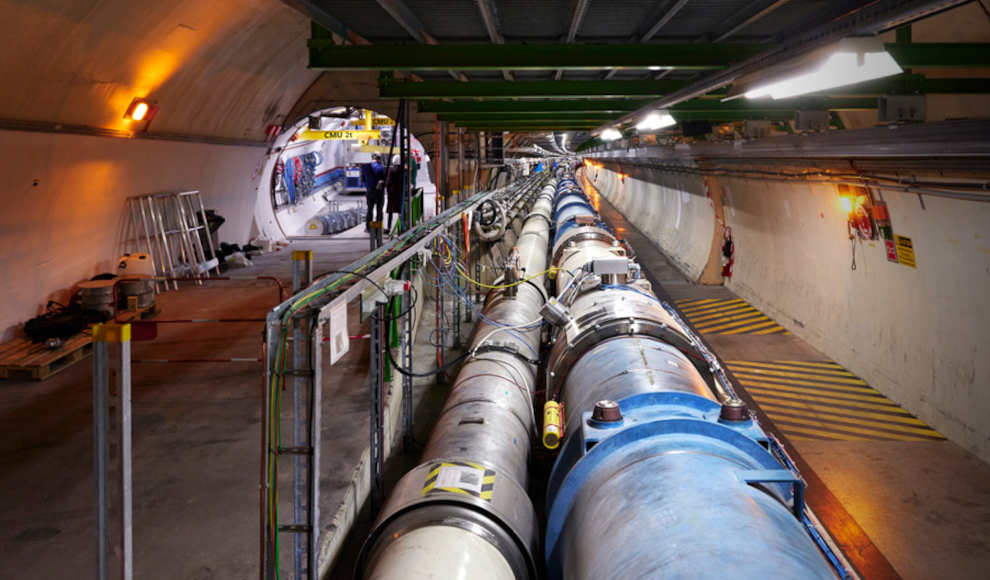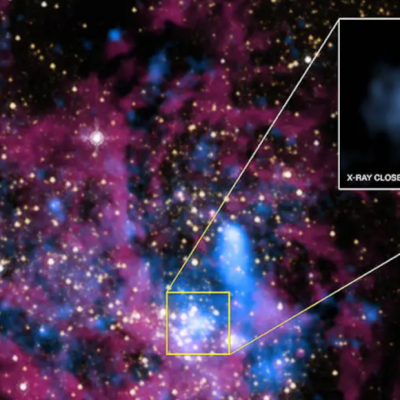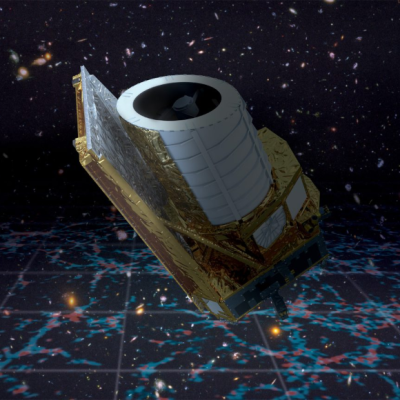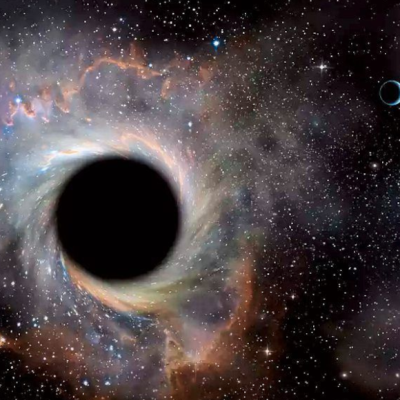In a groundbreaking discovery, the FASER detector at the Large Hadron Collider (LHC) of the CERN research center has detected neutrinos in a particle accelerator for the first time. Neutrinos are extremely lightweight elementary particles that interact very little with matter and are also known as ghost particles. They are created during energetic cosmic events, in the sun, and during radioactive decay processes. Scientists believe that studying these high-energy neutrinos could help solve mysteries surrounding antimatter and dark matter. However, detecting these elusive particles has proven to be a challenge, as they are rarely captured by standard neutrino detectors.
To address this issue, researchers installed the ForwArd Search ExpeRiment (FASER) detector in a side tunnel of the LHC, which is in line with the beam axis behind the ATLAS detector. The FASER detector is made up of plates of the heavy element tungsten, and it was able to detect 153 of the billions of neutrinos that passed through it between July and November 2022. These neutrinos are the most energetic ever produced in a laboratory, and their study could provide insights into the universe that cannot be obtained through other means.
The discovery of neutrinos in a particle accelerator is a significant breakthrough that could help scientists unravel some of the universe’s most profound mysteries. The FASER detector’s success in detecting these elusive particles could pave the way for further research into the properties of neutrinos and their role in the universe.










